

Articles
How Many 14 AWG Wires In 3/4 Inch Conduit
Modified: February 23, 2024
Find out how many 14 AWG wires can fit in a 3/4 conduit with this informative article. Learn the basics of wire sizing and installation.
(Many of the links in this article redirect to a specific reviewed product. Your purchase of these products through affiliate links helps to generate commission for Storables.com, at no extra cost. Learn more)
Introduction
When it comes to electrical wiring, understanding the capacity of conduits is crucial. One common question that arises is how many 14 AWG wires can fit in a 3/4″ conduit. This may seem like a simple question, but the answer requires a bit of knowledge about wire gauge and conduit capacity.
In this article, we are going to dive deep into the world of electrical wiring and explore the factors that determine the number of 14 AWG wires that can be safely housed in a 3/4″ conduit. So, whether you’re a DIY enthusiast or a seasoned electrician, this guide will provide you with the information you need to make informed decisions about your wiring projects.
Before we delve into the specifics, let’s first understand what wire gauge is and how it relates to electrical wiring.
Key Takeaways:
- Understanding wire gauge and conduit capacity is essential for determining the maximum number of #14 AWG wires in a 3/4″ conduit, ensuring safe and efficient electrical installations.
- Calculating the space required for #14 AWG wires involves considering wire diameter, conduit size, and fill ratio, with a 40% fill ratio allowing approximately 65 wires in a 3/4″ conduit. Always prioritize safety and consult professionals for guidance.
Read more: How Many 8 AWG Wires In 1 Inch Conduit
Understanding Wire Gauge
Wire gauge is a standardized measurement system that determines the diameter of a wire. It serves as a reference for the electrical industry to ensure safe and efficient transfer of electricity. The American Wire Gauge (AWG) is the most commonly used system in the United States.
Wire gauge is designated by a numerical value, with a lower number indicating a thicker wire. For example, a 14 AWG wire is thicker than a 16 AWG wire. The thickness of the wire plays a crucial role in determining its ampacity, which is the maximum amount of current the wire can safely carry.
The ampacity of a wire is influenced by various factors, such as its size, insulation type, and ambient temperature. Each wire gauge has a specific ampacity rating, which can be found in electrical code tables or manufacturer specifications.
When it comes to 14 AWG wire, it is commonly used for light fixtures, outlets, and other general household electrical applications. It has an ampacity rating of around 15 to 20 amps, depending on the insulation type.
Now that we have a basic understanding of wire gauge, let’s move on to discussing conduit capacity and how it relates to the number of 14 AWG wires that can be accommodated.
Determining Conduit Capacity
Conduits are used to protect and route electrical wires, ensuring they are safe from damage and efficiently organized. The capacity of a conduit refers to the maximum number of wires it can hold based on its size and the wire gauge.
The National Electrical Code (NEC) provides guidelines for conduit fill calculations to ensure that the wires inside a conduit are not overcrowded, which could cause overheating and other safety hazards.
The conduit fill calculation takes into account various factors, including the diameter of the wires, the type of insulation, and the size of the conduit. It is important to consult the NEC or local electrical codes for the specific requirements related to conduit fill for your project.
Now let’s move on to calculating the space required for 14 AWG wires in a 3/4″ conduit.
The maximum number of 14 AWG wires allowed in a 3/4″ conduit is 9. However, it’s important to consult local electrical codes and regulations to ensure compliance.
Calculating the Space Required for #14 AWG Wires
When determining the space required for #14 AWG wires in a conduit, it is important to consider the diameter of the wires and the size of the conduit. The diameter of a #14 AWG wire is approximately 0.0641 inches or 1.628 millimeters.
For proper installation and to adhere to electrical code requirements, it is recommended to leave some space between the wires inside the conduit. This space is necessary to allow for ease of installation and to prevent excessive heat buildup.
Based on industry standards, it is common to leave a 40% fill ratio in the conduit. This means that the total area occupied by the wires should not exceed 40% of the available cross-sectional area of the conduit.
By using the formula for calculating the cross-sectional area of a circle (Area = πr^2), we can determine the maximum number of #14 AWG wires that can fit in a 3/4″ conduit.
First, we need to calculate the radius of the wires. Since the diameter is 0.0641 inches, the radius is half of that, which is 0.0321 inches.
Next, we calculate the cross-sectional area of the wires:
Area = π(0.0321 inches)^2 = 0.003257 square inches
Now, we determine the cross-sectional area of the conduit. For a 3/4″ conduit, the inner diameter is approximately 0.824 inches, and the radius is 0.412 inches.
Conduit Area = π(0.412 inches)^2 = 0.534 square inches
Using the 40% fill ratio, we can calculate the maximum allowable area for the wires:
Maximum Allowable Area = 0.40 * 0.534 square inches = 0.2136 square inches
Finally, we divide the maximum allowable area by the area of each wire to determine the maximum number of #14 AWG wires that can fit in the 3/4″ conduit:
Maximum Number of #14 AWG Wires = Maximum Allowable Area / Area of Each Wire
Maximum Number of #14 AWG Wires = 0.2136 square inches / 0.003257 square inches
This calculation gives us approximately 65.5 wires. However, since we cannot have a fractional number of wires, the maximum number of #14 AWG wires that can fit in a 3/4″ conduit is 65.
It’s important to note that this calculation assumes ideal conditions and does not take into account other factors such as the presence of other types of wires, bends in the conduit, or specific code requirements that may vary depending on your jurisdiction. Always consult the NEC or a qualified electrician for precise calculations and guidance for your specific project.
Maximum Number of #14 AWG Wires in 3/4″ Conduit
Based on the calculations in the previous section, we have determined that the maximum number of #14 AWG wires that can fit in a 3/4″ conduit is approximately 65. While this number may vary slightly depending on specific factors and local electrical codes, it provides a good estimate for planning purposes.
It’s important to note that the maximum number of wires is based on the assumption of a 40% fill ratio, which is a commonly used guideline. However, local electrical codes may have different requirements, and it’s essential to consult the NEC or a qualified electrician to ensure compliance with the specific regulations in your area.
Additionally, it’s crucial to consider other factors that may affect the number of wires that can be safely housed in a conduit. These factors include the presence of other types of wires, such as larger gauge or power cables, and the presence of bends or turns in the conduit, which can reduce the available space.
Furthermore, it’s important to remember that the maximum number of wires is a practical limit and should not be exceeded to maintain a safe and efficient electrical installation. Overcrowding a conduit can lead to increased heat buildup, diminished airflow, and potential damage to the wires.
If you anticipate needing to install a large number of #14 AWG wires, it may be more practical to consider using a larger conduit size to accommodate the wires comfortably. This will not only ensure compliance with electrical codes but also allow for easier installation and maintenance of the electrical system in the long run.
Lastly, always keep in mind that electrical work should be performed by qualified professionals who have a deep understanding of electrical codes and safety practices. If you’re unsure or inexperienced, it’s best to consult with a licensed electrician who can provide expert guidance and assistance in your specific wiring project.
By following the appropriate guidelines and regulations, you can confidently determine the maximum number of #14 AWG wires that can fit in a 3/4″ conduit and ensure a safe and reliable electrical installation.
Read more: How Many Wires In A 3/4 Inch Conduit
Conclusion
Understanding the capacity of conduits and the number of wires they can safely accommodate is crucial in electrical wiring projects. When it comes to determining the maximum number of #14 AWG wires in a 3/4″ conduit, several factors must be considered.
Wire gauge, specifically #14 AWG, plays a vital role in determining the ampacity and size of the wire. It is important to consult the appropriate electrical code tables or manufacturer specifications to determine the ampacity rating of the wire.
Conduit capacity calculations are based on factors such as wire diameter, insulation type, and conduit size. Using the 40% fill ratio as a guideline, it becomes possible to calculate the maximum number of wires that can fit in a conduit. However, it is essential to consult local electrical codes and regulations for specific requirements before proceeding with a wiring project.
In the case of #14 AWG wires in a 3/4″ conduit, our calculations reveal that approximately 65 wires can fit. However, it is important to consider other factors such as the presence of other types of wires, bends in the conduit, and specific code requirements that may apply in your area.
Always remember to prioritize safety when working with electrical systems. If you are unsure of the calculations or lack experience, it is highly recommended to consult a licensed electrician who can provide professional guidance and ensure a safe and compliant installation.
By adhering to electrical code requirements, understanding wire gauge, and considering the capacity of conduits, you can confidently complete your electrical wiring projects with efficiency and safety in mind.
In conclusion, determining the maximum number of #14 AWG wires in a 3/4″ conduit requires careful consideration of wire gauge, conduit capacity, and other relevant factors. By adhering to the appropriate guidelines and seeking professional assistance when needed, you can ensure a successful electrical installation that meets safety standards and is built to last.
Ready to take your DIY skills up a notch? If you're planning on expanding your workspace, learning how to run electrical wiring to your garage is essential. For those looking to enhance their home's functionality, mastering conduit installation within walls proves invaluable. And for enthusiasts eager to stay ahead, understanding the latest in wire gauge for 2024 ensures your projects not only meet but exceed expectations. Dive into these topics and equip yourself with the knowledge to tackle any electrical challenge that comes your way!
Frequently Asked Questions about How Many 14 AWG Wires In 3/4 Inch Conduit
Was this page helpful?
At Storables.com, we guarantee accurate and reliable information. Our content, validated by Expert Board Contributors, is crafted following stringent Editorial Policies. We're committed to providing you with well-researched, expert-backed insights for all your informational needs.
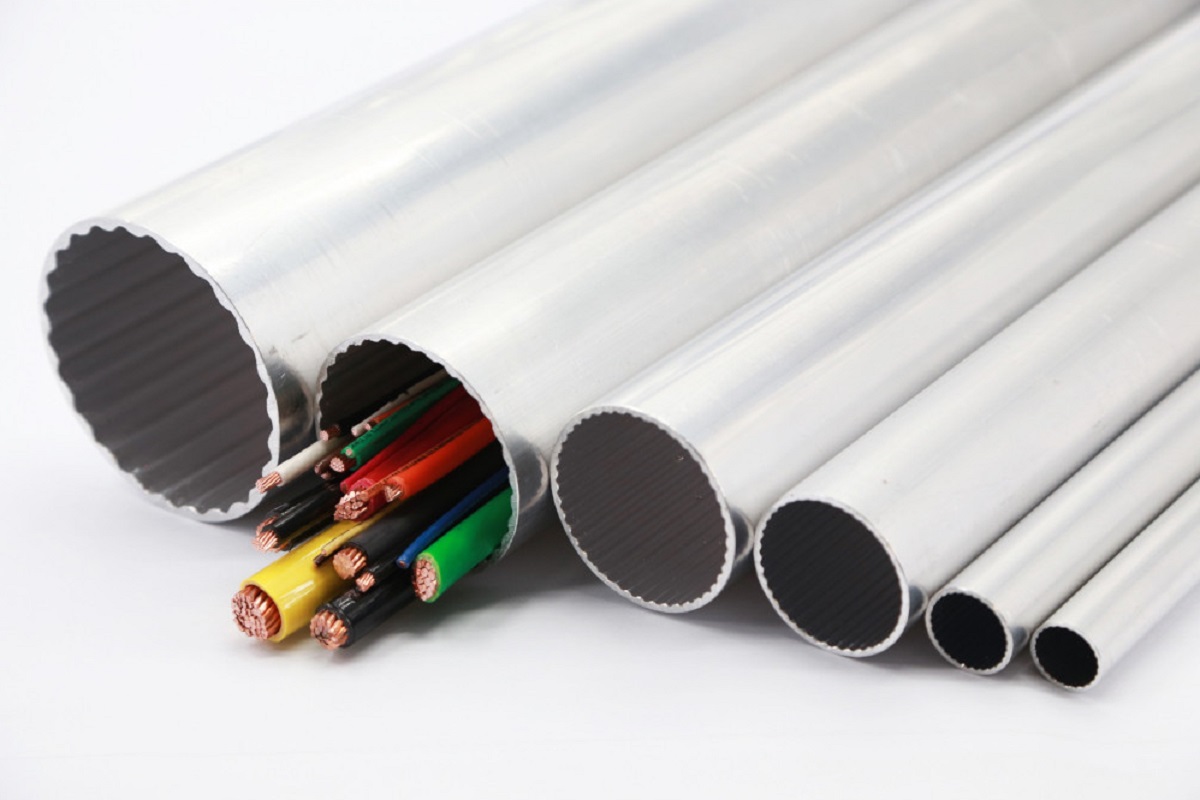
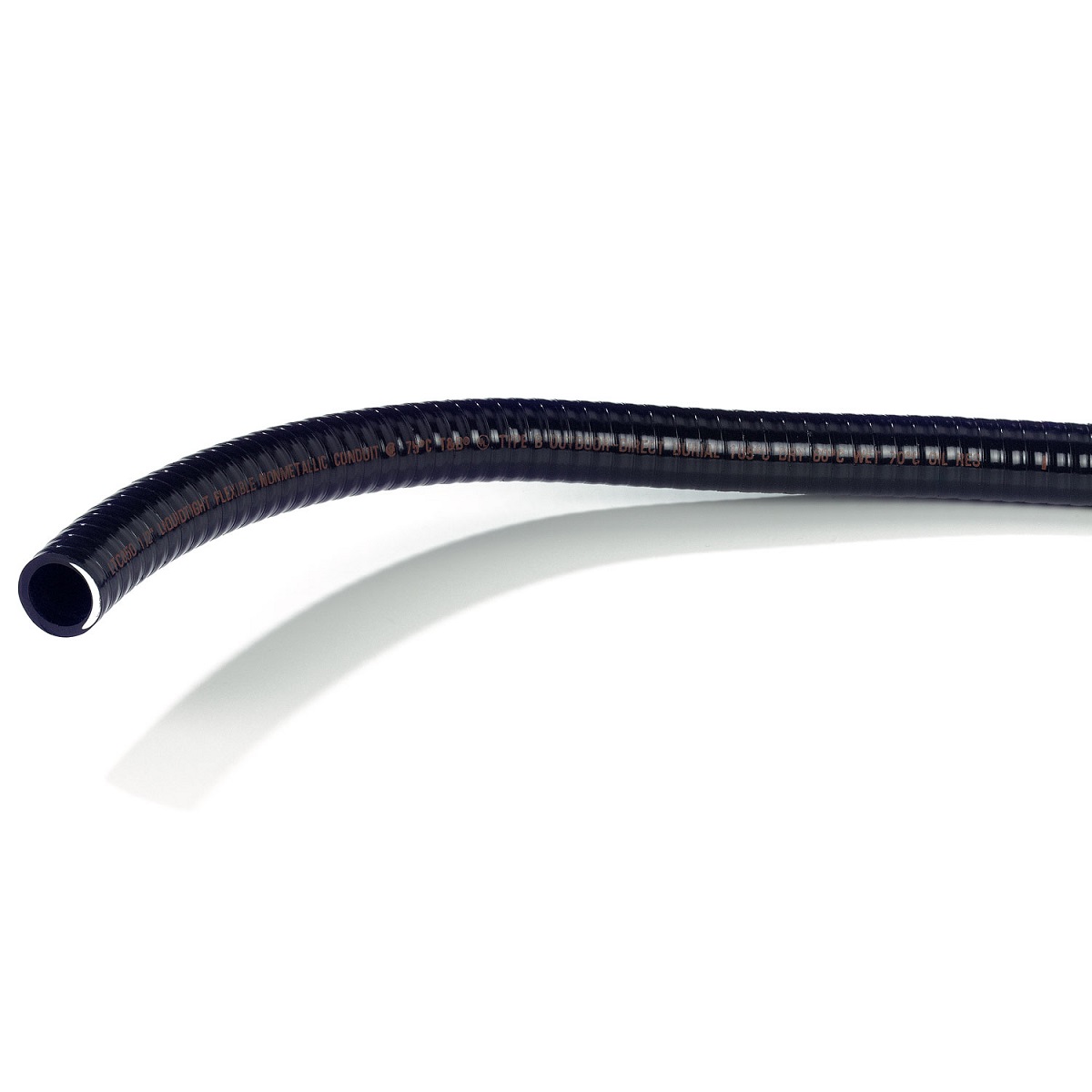
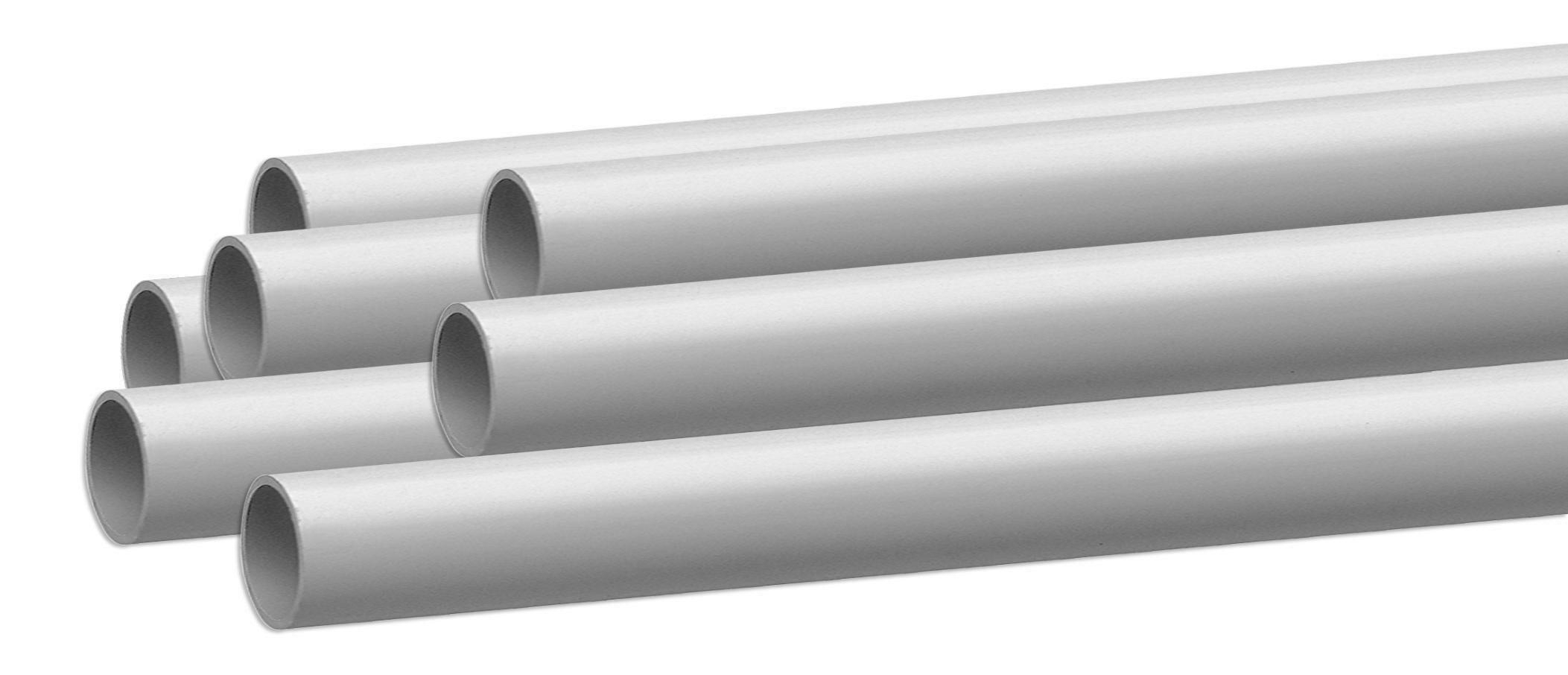
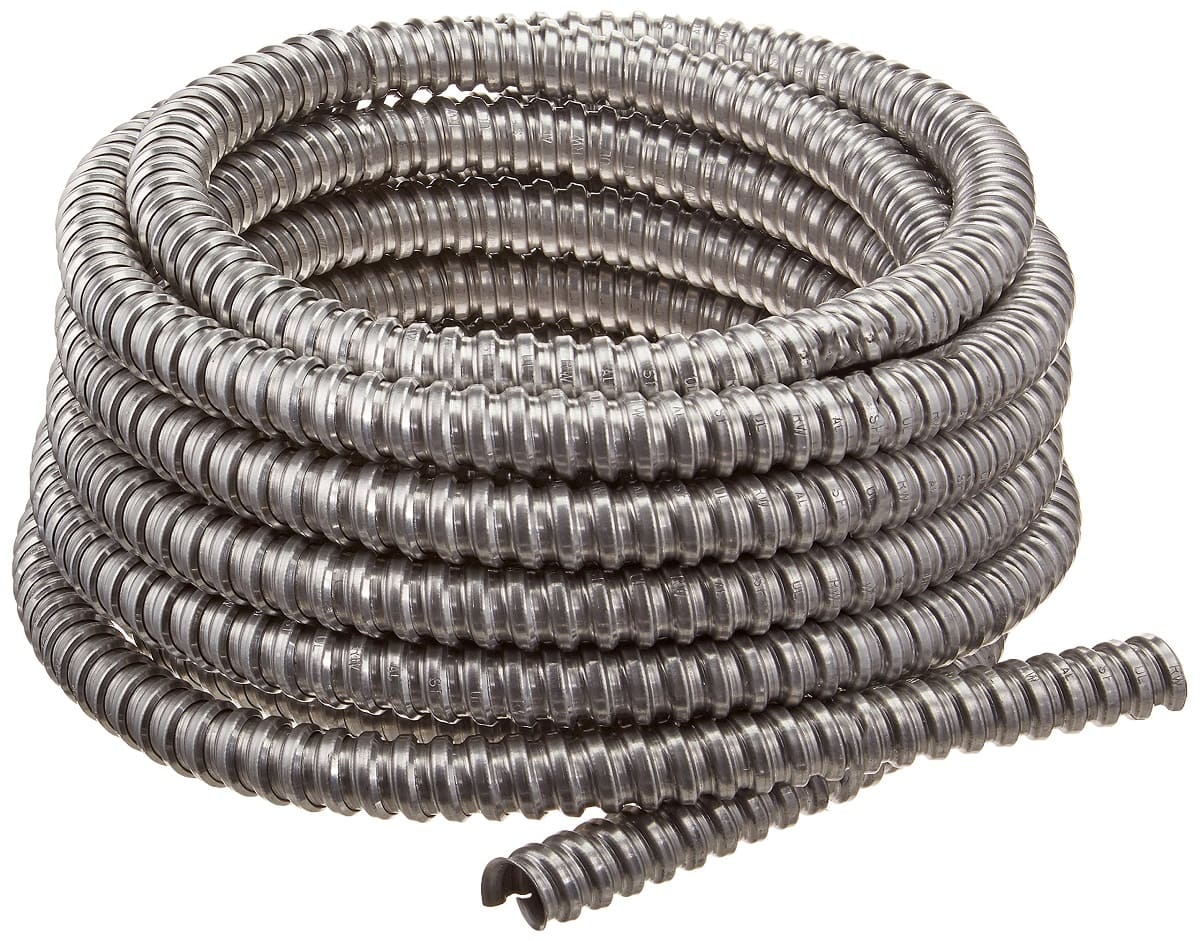
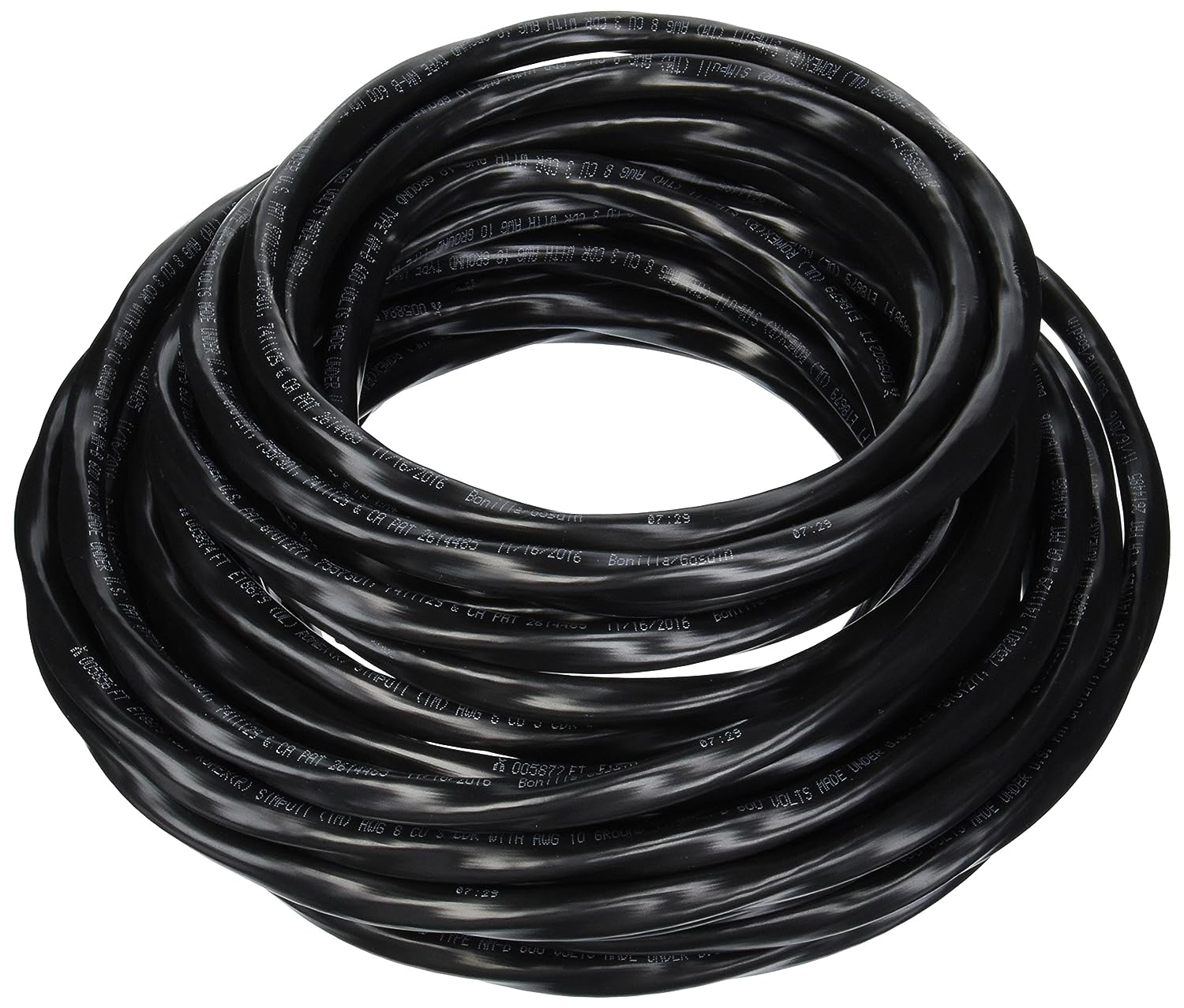
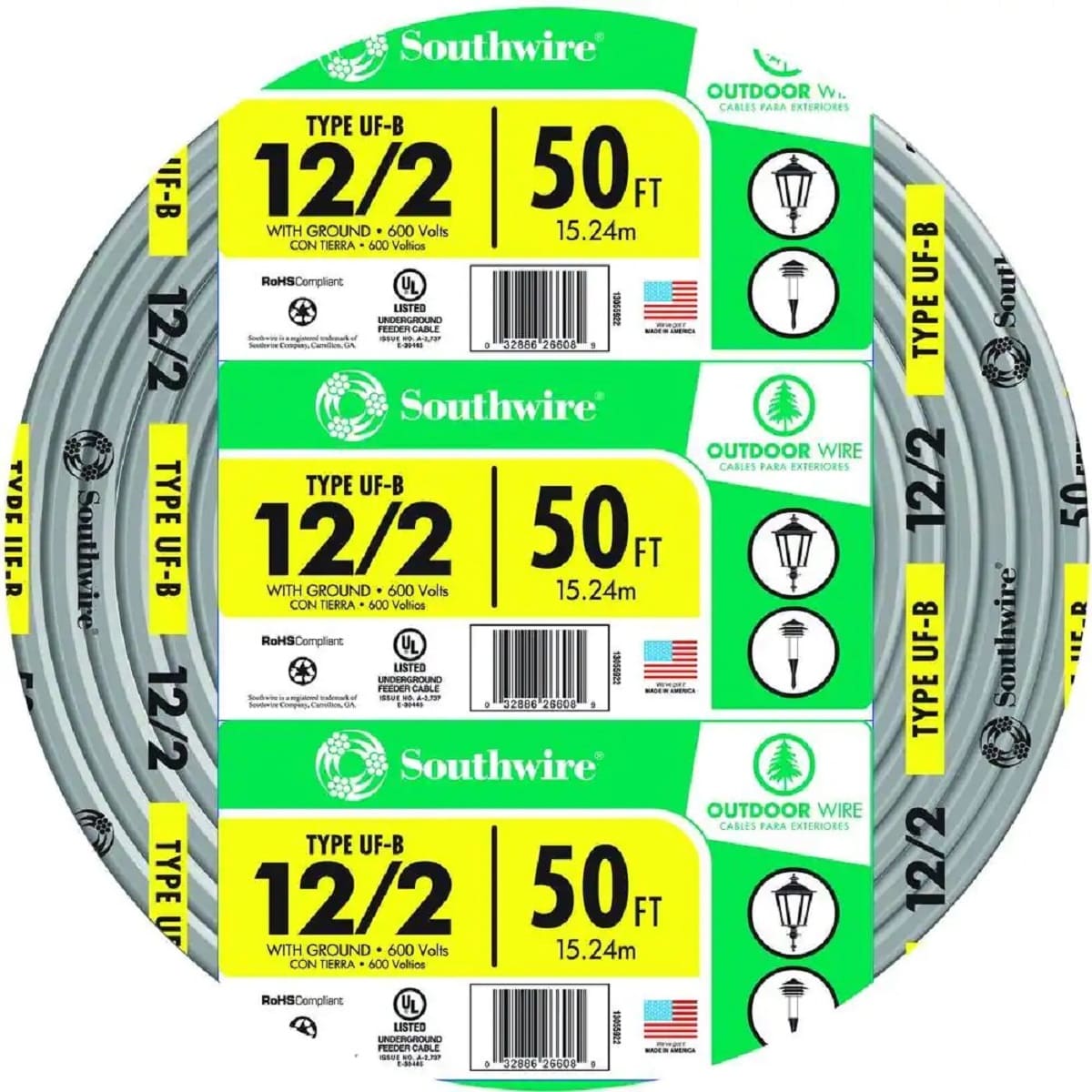
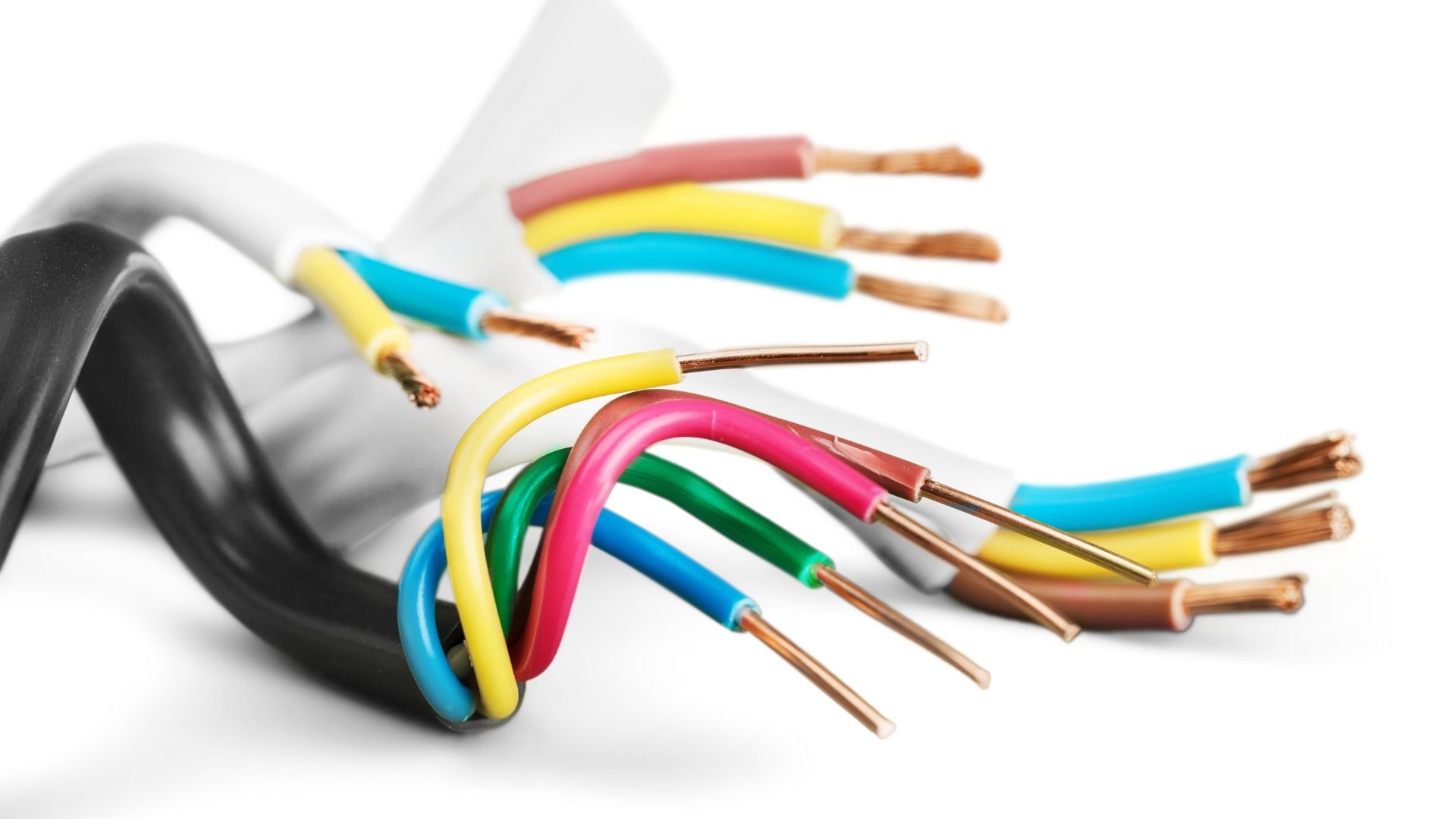
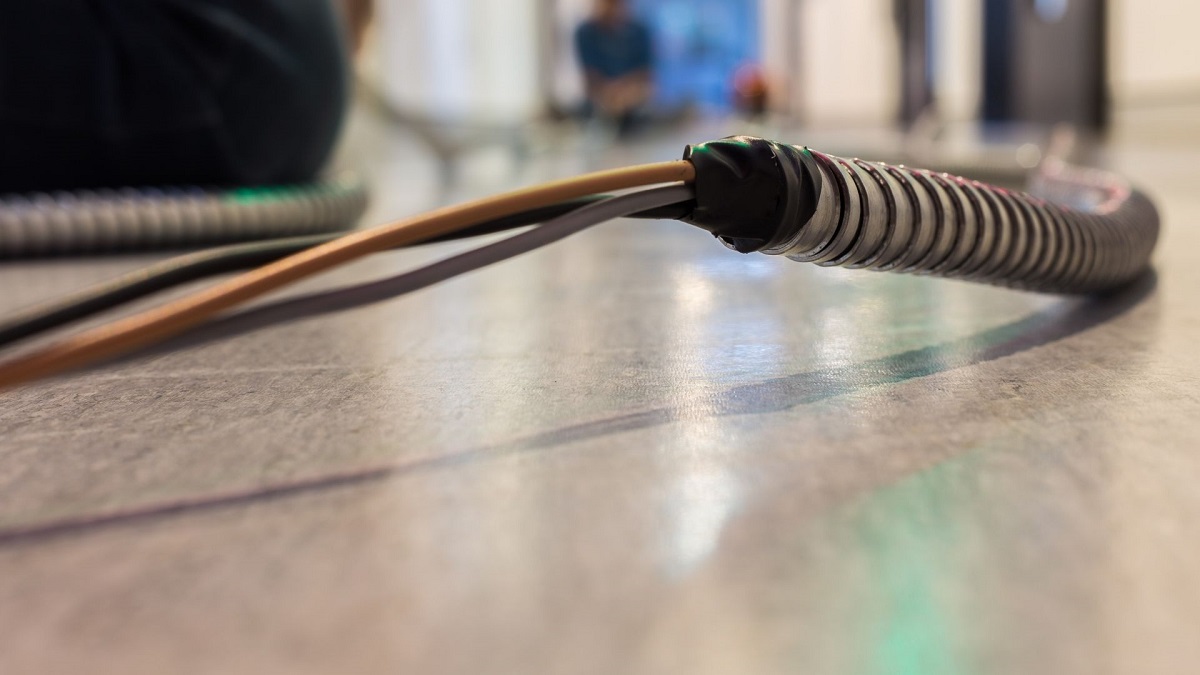
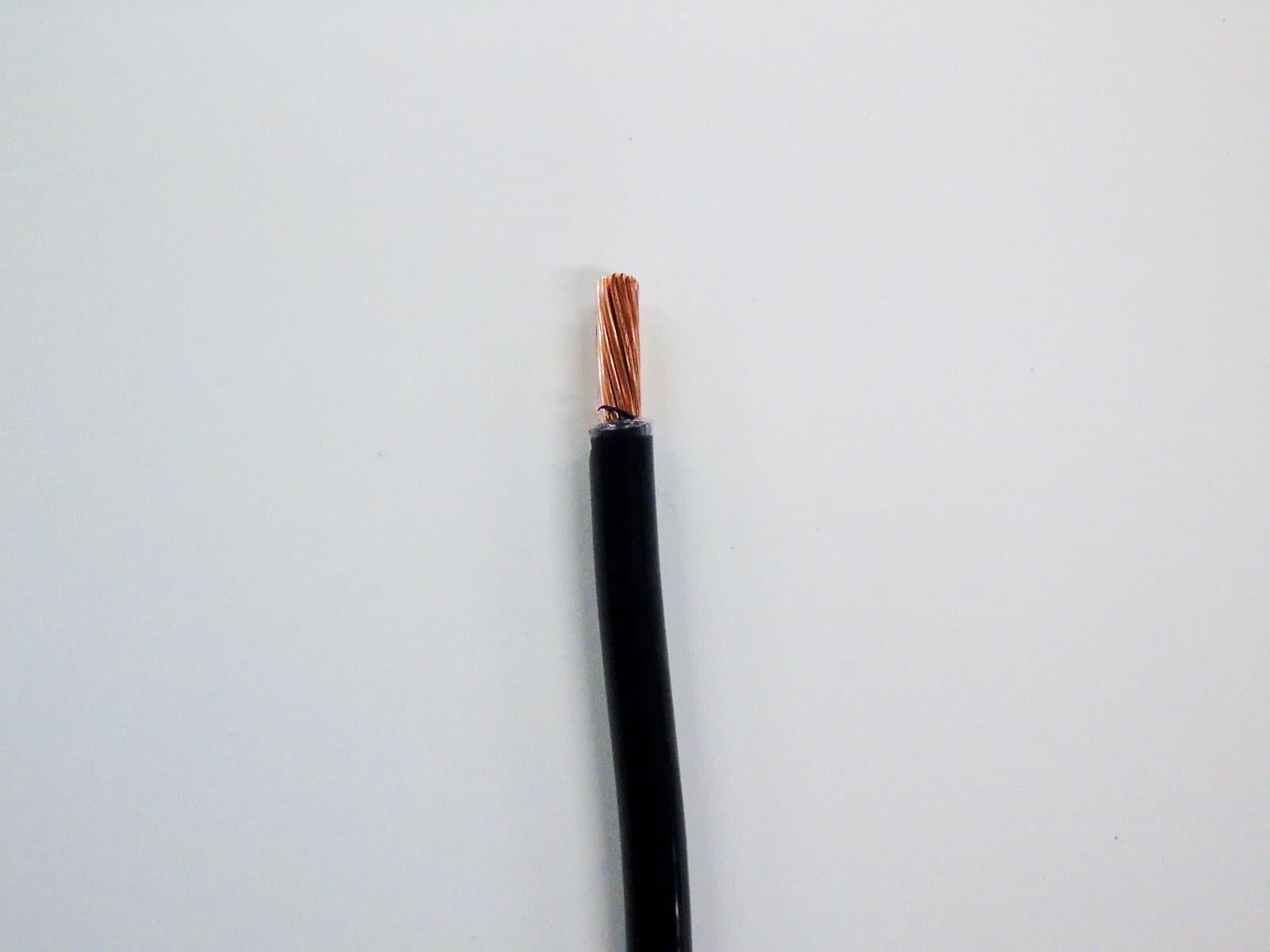
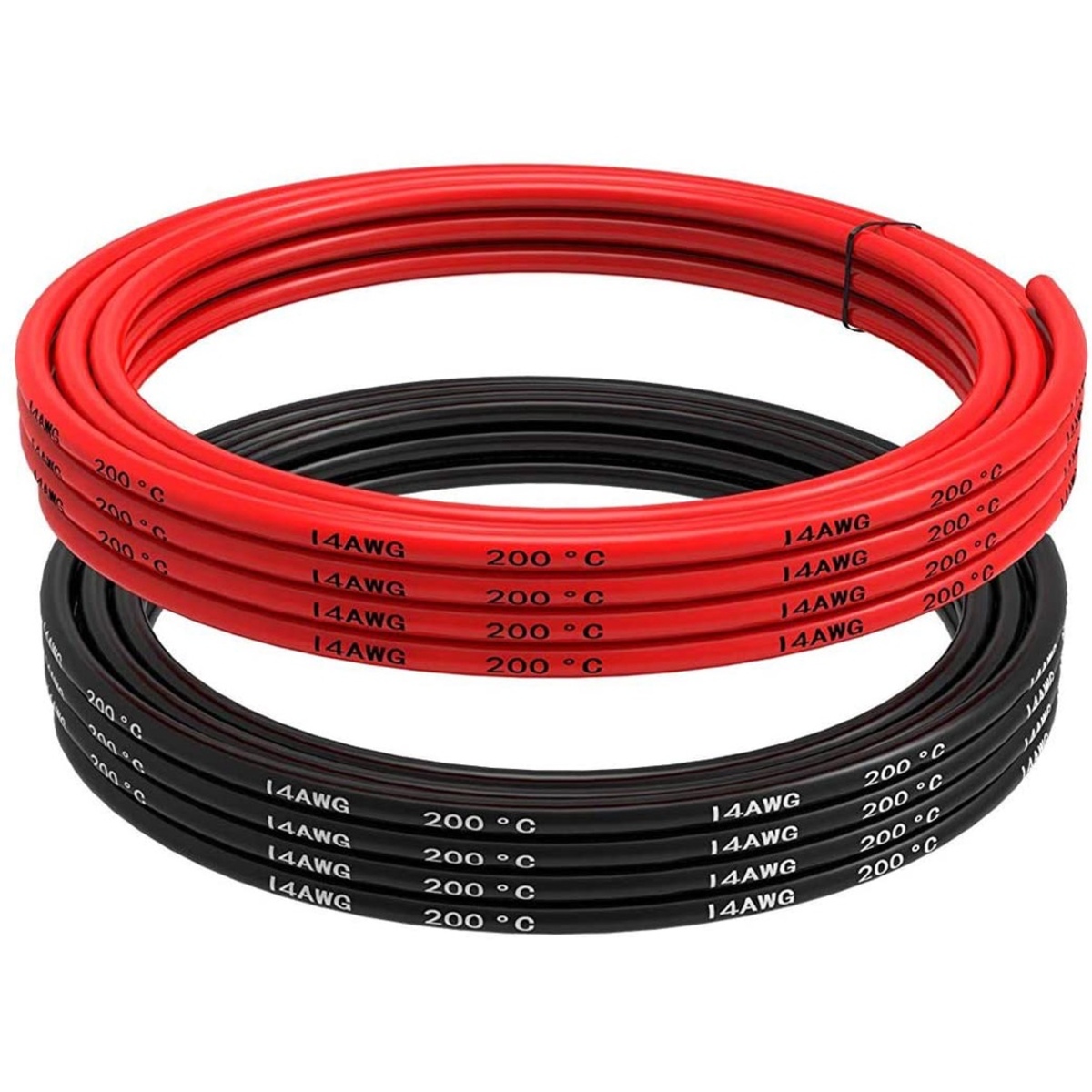
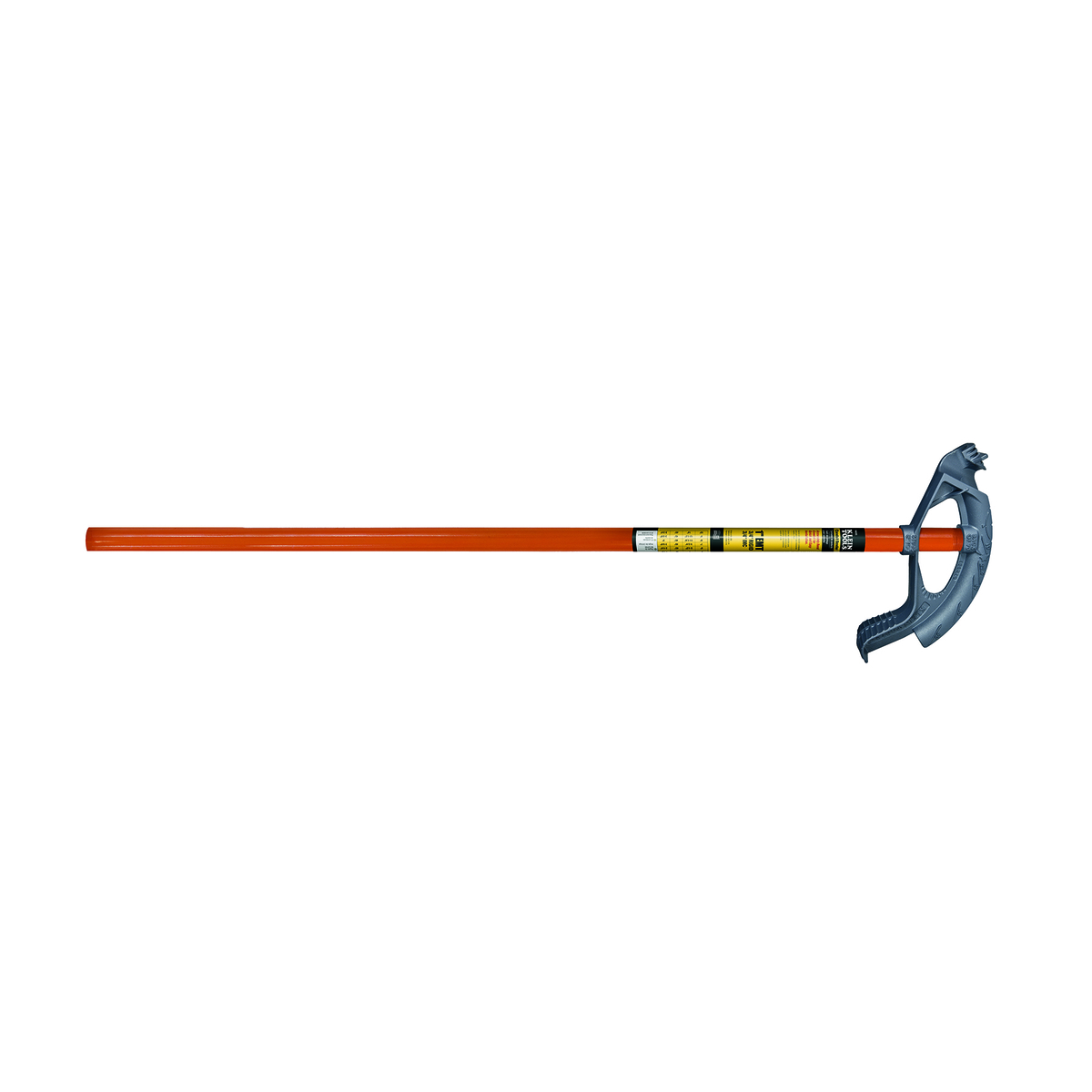
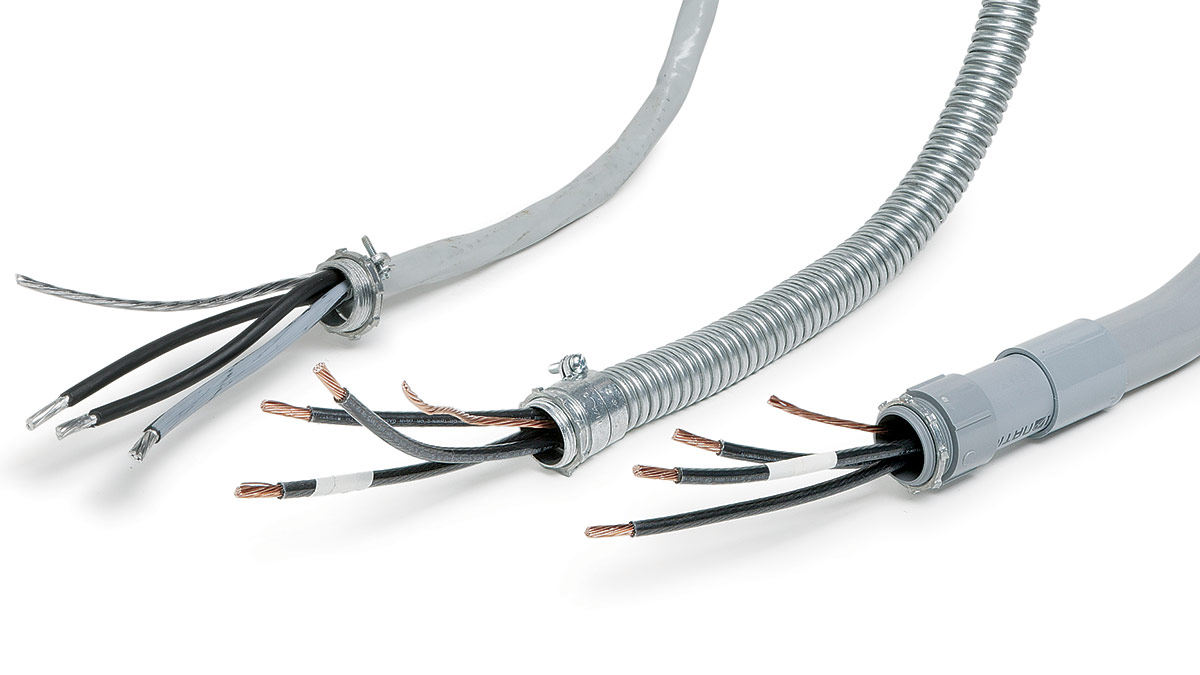
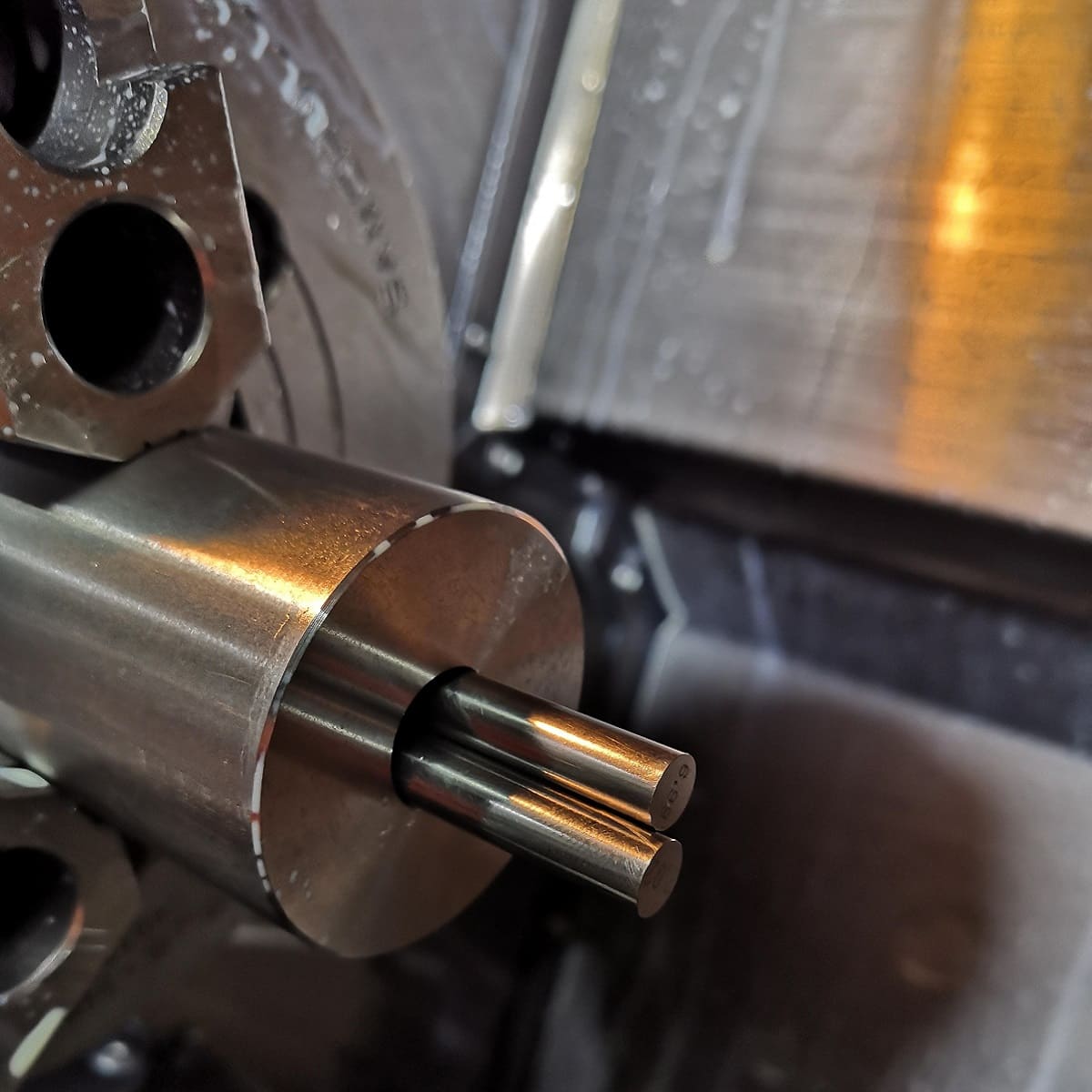


0 thoughts on “How Many 14 AWG Wires In 3/4 Inch Conduit”